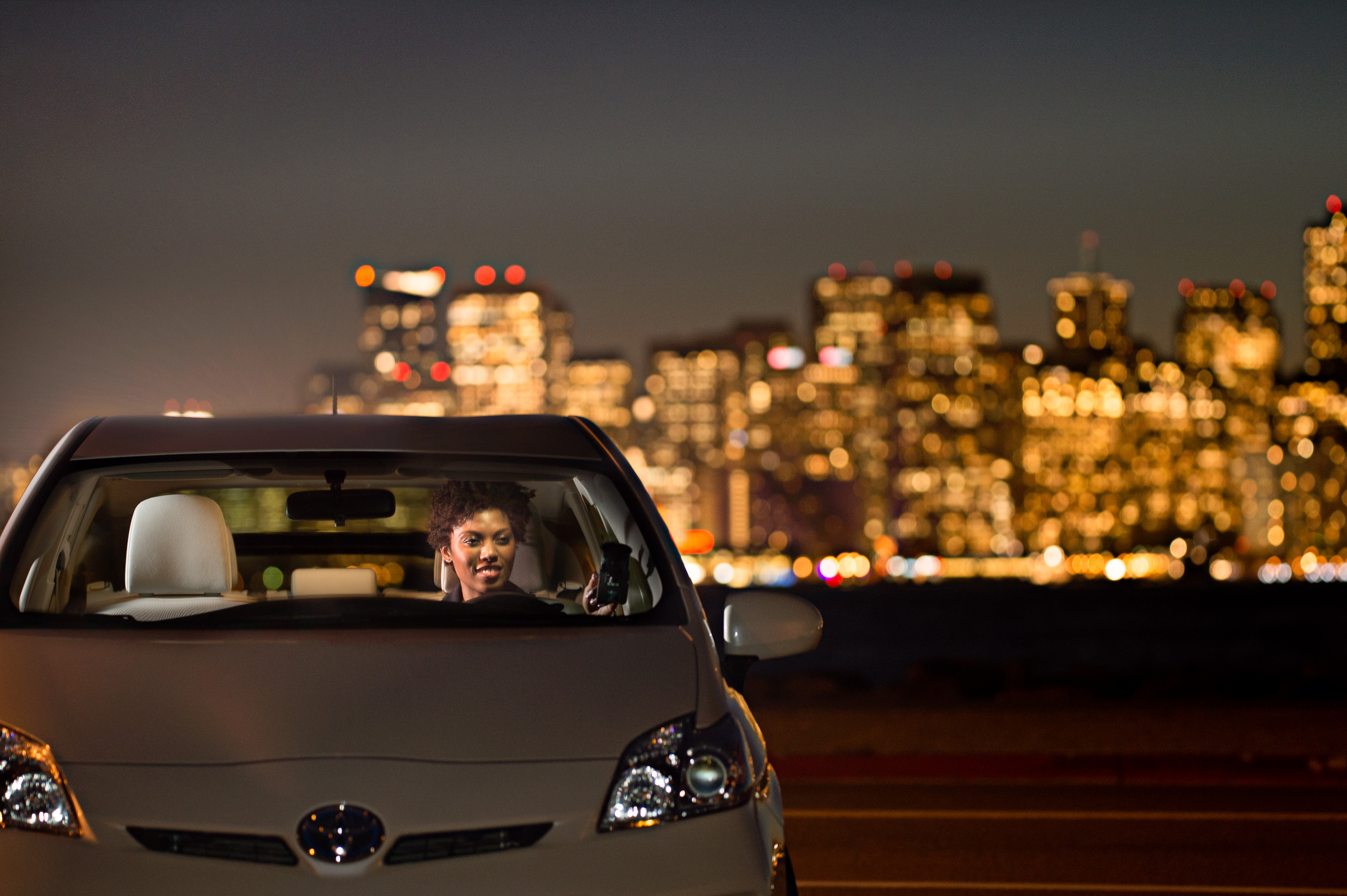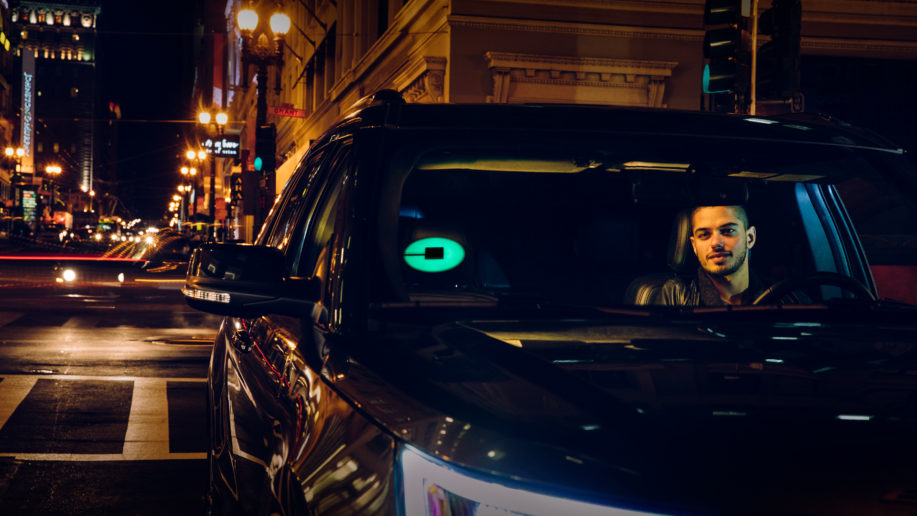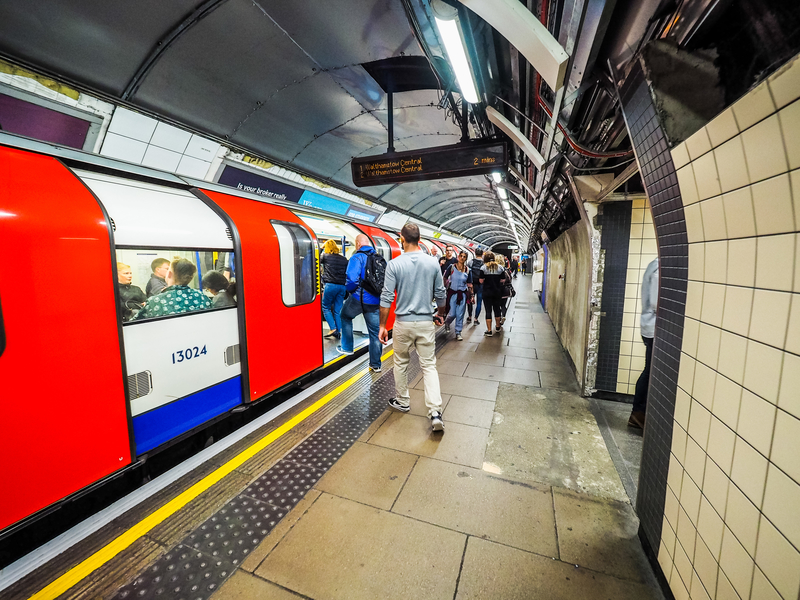
Timothy Compston looks at the rise of Uber and ride request mobile apps.
There is little doubt that the advent of
By any measure, Uber’s expansion as a ‘transportation network company’ is impressive and shows no sign of slowing anytime soon. From a standing start in 2009 the California-based ride-hailing company has grown to the point now where it has a presence in 300 cities worldwide, with more being added all the time. Essentially its mobile app allows consumers with smart devices to submit a trip request which is then routed to the company’s partner-drivers who use their own vehicles.
Although welcomed by many, it has not been plain sailing for Uber everywhere, with vocal opposition from existing operators tied in to more traditional business models. In New York, for example, taxi owners and lenders have filed a lawsuit in the Manhattan federal court against New York City and the Taxi and Limousine Commission, accusing Uber of threatening their livelihoods and contending that its services are subject to fewer regulations.
Outside the US, Uber and similar technologies have been banned by the Mayor of Rio de Janeiro in Brazil as well as in other cities and regions including Italy and Spain. On a broader scale, the EU Court of Justice is expected to issue a ruling regarding Uber at the end of this year. However, such attempts to put the brakes on Uber, and court challenges, really seem to be swimming against the tide. More and more authorities are coming to the conclusion that the best way forward is to rewrite the rules so there is a framework which everyone can adhere to and, crucially, doesn’t stifle innovation and customer choice.
London calling
In the UK, and specifically London, Uber is making its presence felt on the streets. Tom Elvidge, general manager of Uber London, confirms that more than 1.5 million people across the capital now use its service and that there are over 25,000 active partner-drivers. He says that Uber’s user base is now growing by 30,000 new ‘riders’ per week.
Last October the High Court in London ruled that the smartphone app, which uses GPS technology and connects to external servers for the calculation of fares, did not breach regulations prohibiting taximeters in private hire vehicles in London. Uber has always maintained that the driver app installed on a smartphone is not a taximeter and Elvidge says: “The app simply takes measurements. The result of the case reaffirms our belief.”
Regarding concerns traditional taxi operators tend to raise about Uber, Elvidge stresses that it is a licensed and regulated private hire operator: “All partner-drivers on the Uber platform are regulated, hold full commercial insurance and have been through an enhanced DBS [Disclosure and Barring Service] check.”
He is also keen to point out that this is the same background check carried out for drivers of black cabs and says Uber is actually one of the safest ways to get around: “It provides full details of the driver, the car type and registration and contact details.”
Added to this, Elvidge explains that there is the ability to log all trips arranged through its service and for the rider to send a live map of their journey to a phone contact.
Asked if there is room for Uber to coexist with more traditional offerings in a city like London, Elvidge responds positively: “We have seen from London and other cities around the world that Uber grows the market. Due to its price point people that would never have usually taken a taxi or private hire car can now afford to do so. So we believe Uber can coexist with other options as it is simply another part of a city’s broader transport infrastructure. There are advantages for both sectors, for example taxis can accept street hails and drive in bus lanes, whilst Uber is more affordable.”
As regards
He points to the launch of uberPOOL in London: “This gives Londoners the option to share their journey with another rider heading in the same direction at the same time. Millions of cars drive on London’s roads each day and more than half only have a single occupant. Now uberPOOL makes it cheaper for people to leave their own cars at home and share an Uber instead.”
Active in Auckland
In New Zealand the Uber app went ‘live’ back in May 2014, initially in Auckland - the nation’s biggest metropolitan area - and now in Wellington, the country’s capital. It has proven to be an extremely popular service with Aucklanders which is attributed to greater convenience and cheaper fares compared with traditional taxi providers. However, there have been bumps along the road such as in April 2015 when Uber announced it would be increasing its charges per kilometre in Auckland by 38% while those in Wellington remained unchanged. According to Katie Curran, speaking for Uber, the logic for the rise in Auckland was to encourage more drivers to adopt the service in light of soaring demand.
As with other locations worldwide, New Zealand’s traditional taxi industry has been very vocal in its criticism of Uber regarding the safety of the service and if the service is operating legally. Uber counters that before any ‘partner-driver’ can drive on its platform they must be fully licensed and accredited by the New Zealand Transport Agency (NZTA) to be a private hire driver. It also uses the NZTA’s ‘Driver Check’ database and is therefore notified if a partner-driver has a license or permit revoked.
Another bone of contention is that the police have, apparently, fined Uber drivers for operating their smartphones as taximeters, something which the company strongly refutes and it has complained about the situation to the Independent Police Complaints Authority.
Regarding the need for new regulations and the challenges Uber has presented, NZTA’s Richard O’Reilly told ITS International: “I guess the issue we struggled with was the legal framework we had for passenger services which was designed around taxis and more traditional forms of transport. It didn’t really envisage something like Uber so it wasn’t designed for that particular kind of business model.”
He goes on to say that it was a matter of putting Uber into the existing framework but, ideally, it would have been better to have had a clearer framework from the start. “We were happy to do that because we wanted to encourage innovation,” says O’Reilly. He admits that there has been some friction with the traditional taxi industry: “They have had some objections to a new competitor effectively and they want to see a level playing field with the same requirements on new entrants as are placed on them.”
O’Reilly also flags up the ‘Future of Small Passenger Services’ discussion document which New Zealand’s Ministry of Transportation is leading and which is currently out for public consultation: “This will basically make one set of rules for everyone involved in this space. At the moment our legislation has different rules for what is a traditional taxi and what we call private hire services. The Uber model hasn’t neatly fitted into either of those. To make it work in the short term they [Uber] mostly fit with that private hire framework,” O’Reilly says.
The right regulation
What is clear is that despite the objections from some quarters there is an ever expanding user base keen to take up what Uber (and others) offer. In an ever more connected world, the route many authorities are likely to take is to review current regulations to accommodate new players on equal terms - thereby also addressing concerns from traditional taxi service providers about fairness in the market.ABOUT THE AUTHOR:
Timothy Compston is a journalist who writes on traffic technology and security issues.










